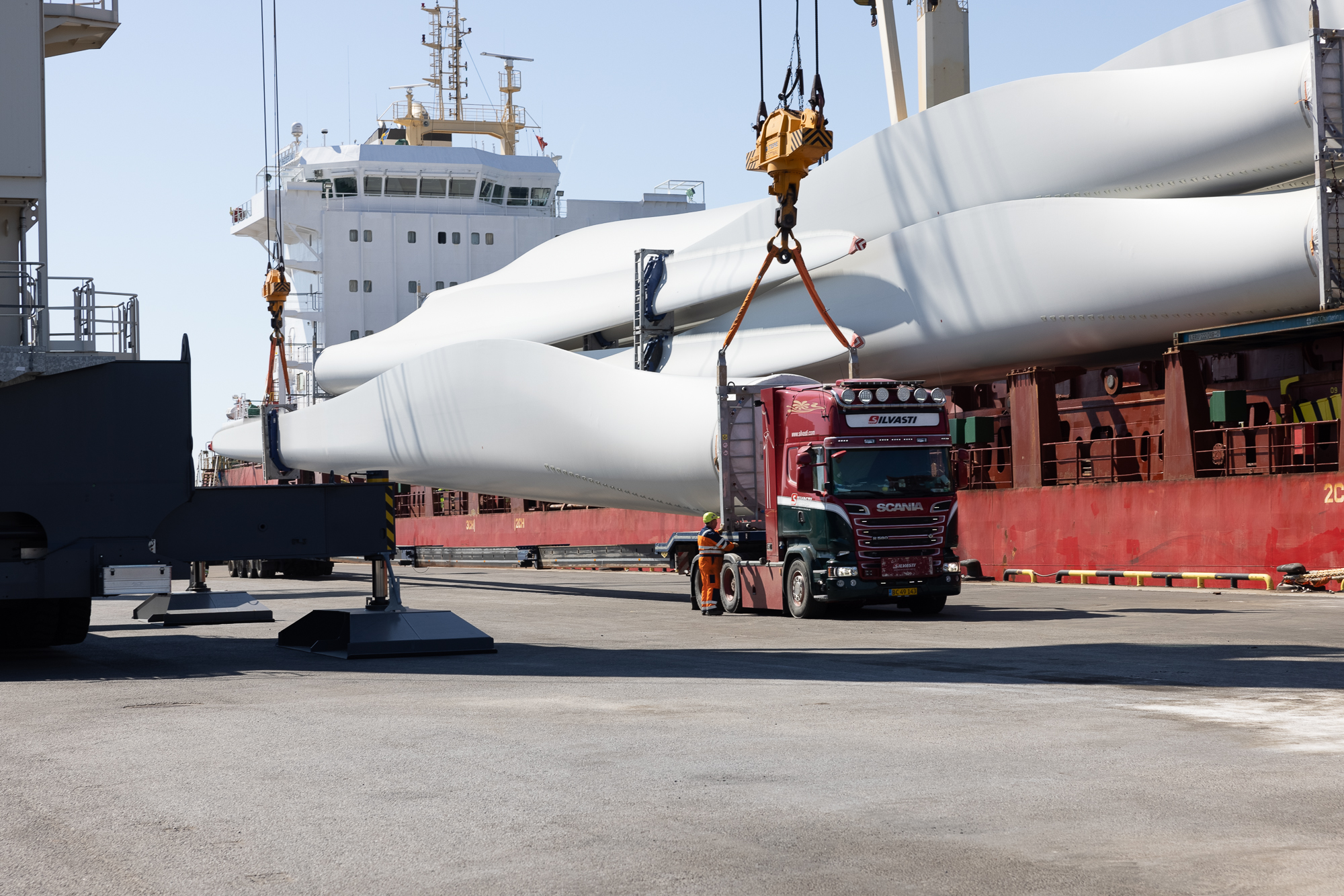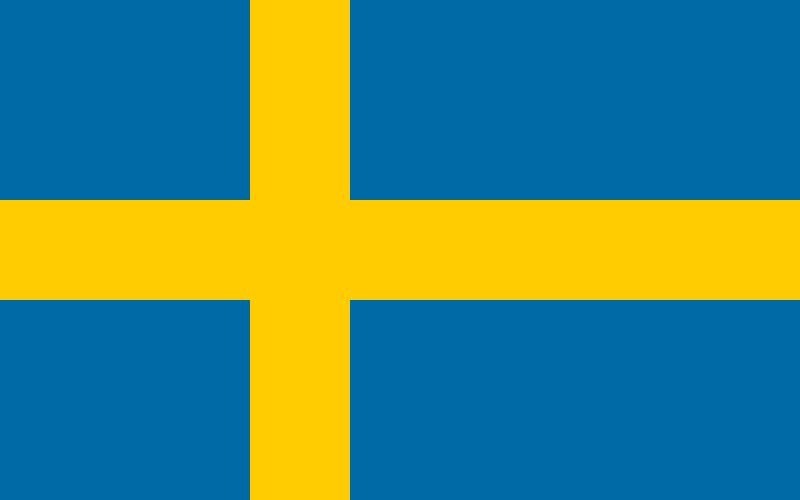The freight volumes via the port of Umeå reach an all-time high despite pandemic years
Kvarken Ports, which manages the operations of the ports of Umeå and Vaasa, reports another record year for freight volumes in the port of Umeå for 2021 despite the prevailing pandemic situation.
- Last year was another record year and we see a continued stable increase, says Christer Nederstedt, sales and marketing manager at Kvarken Ports.

The port of Umeå has a large catchment area and serves the trade and industry in northern Sweden, Norway and Finland. In recent years, container volumes have doubled and even wood products, kraftliner and recycled fiber are also increasing. In addition, the amount of special goods, such as wind turbines, house modules and building materials for Northvolt and Komatsu's new factories, among others, have taken the road via Umeå. When the compilation for 2021 was made, an “all-time high” was noted on containers of 41,340 TEU over the quay in the port of Umeå, which is an increase of 2.2% compared with last year. Wasaline also reports new records. As they previously published in a press release, the freight turnover increased by almost 30% compared to 2020.
- It is extremely gratifying that we have reached the goal for 2021. During the past year, we have noted a steadily growing interest in the port of Umeå as a transport node. The fact that the port is a vital part of the infrastructure and our forecast linked to the investments that are now being made, clearly indicates a steadily increasing volume onwards, says Christer Nederstedt.
- Currently, several exciting development projects are underway in the port of Umeå with the aim of developing and securing the port for the future. This is especially important as the freight volumes are steadily increasing, both in terms of incoming and outgoing goods.
- Our compass is set on our started work, with a focus on high efficiency and service level, so that we continue to be a generator to strengthen customers' competitiveness and contribute to value growth and meet the investments made in the local area. We must be and every day prove that we are an important part of the transport chain and consequently the region, Christer Nederstedt concludes.

 Svenska
Svenska